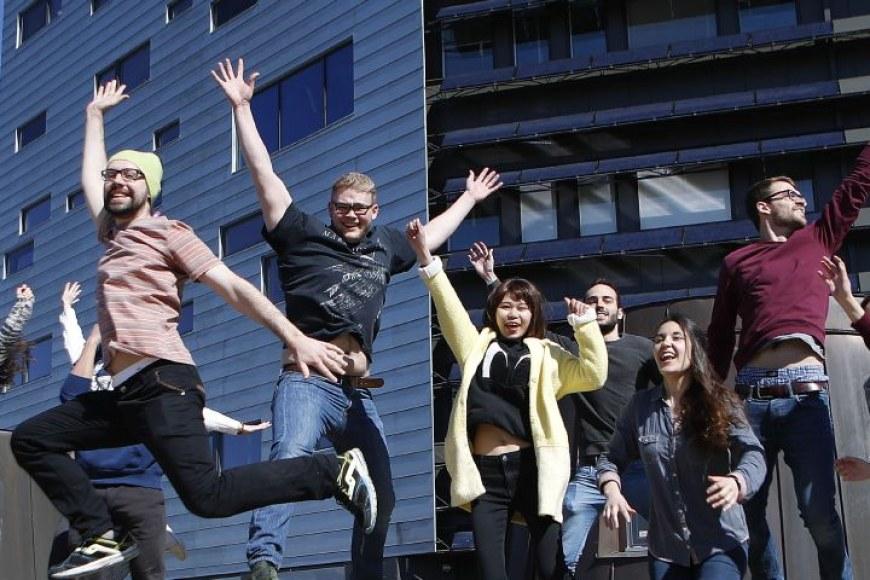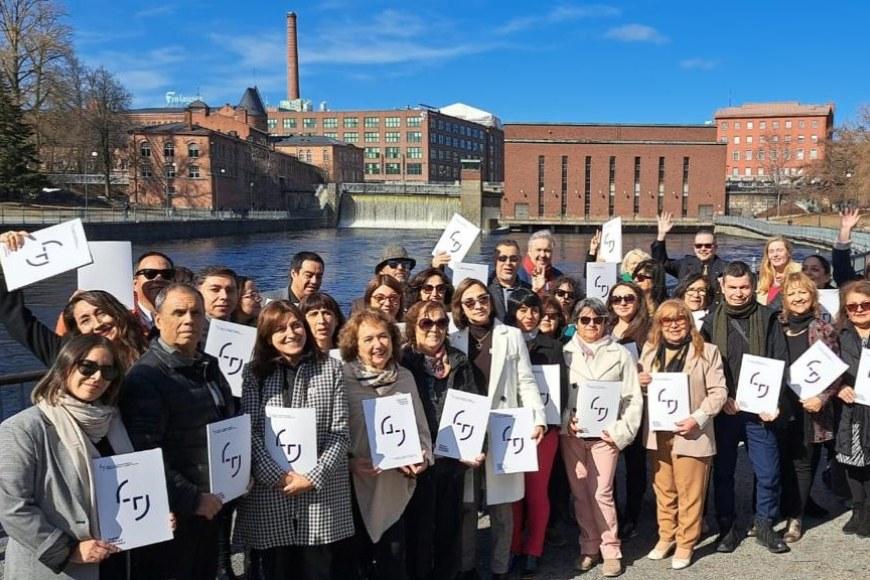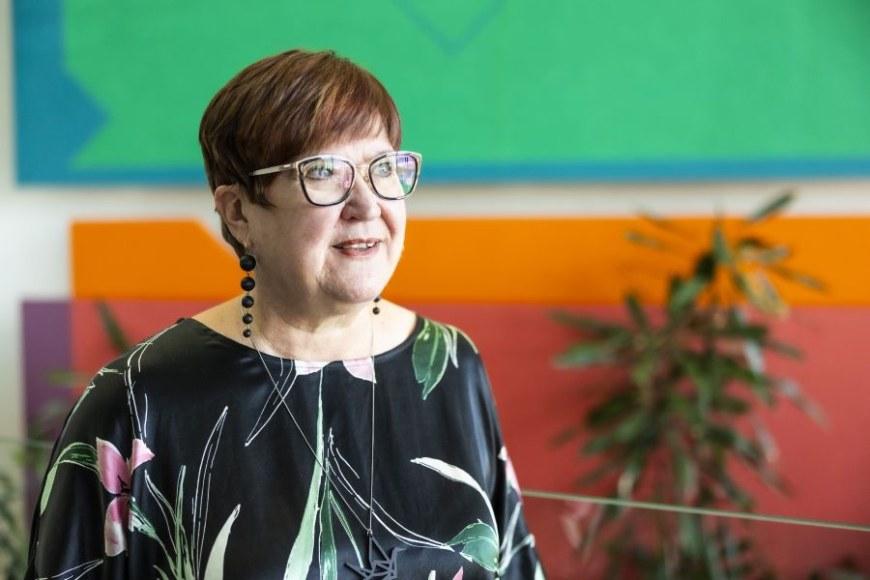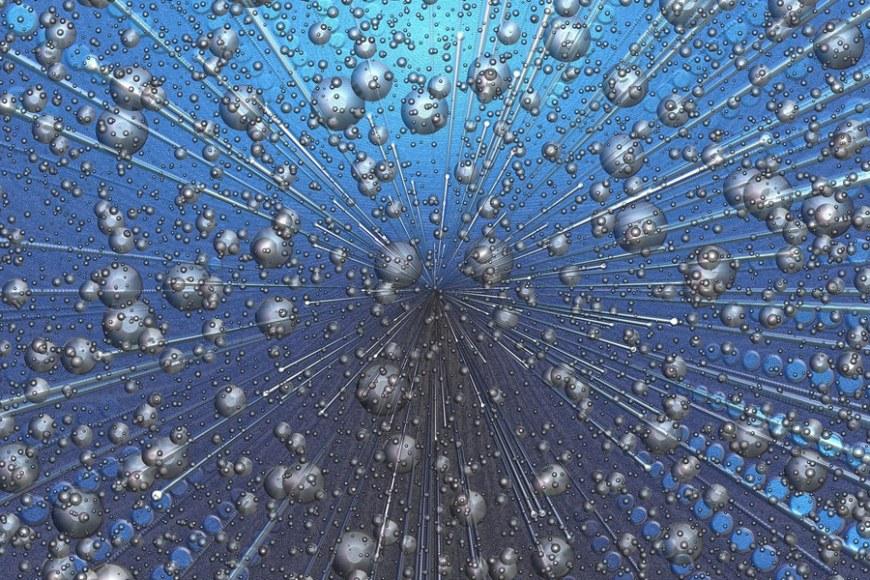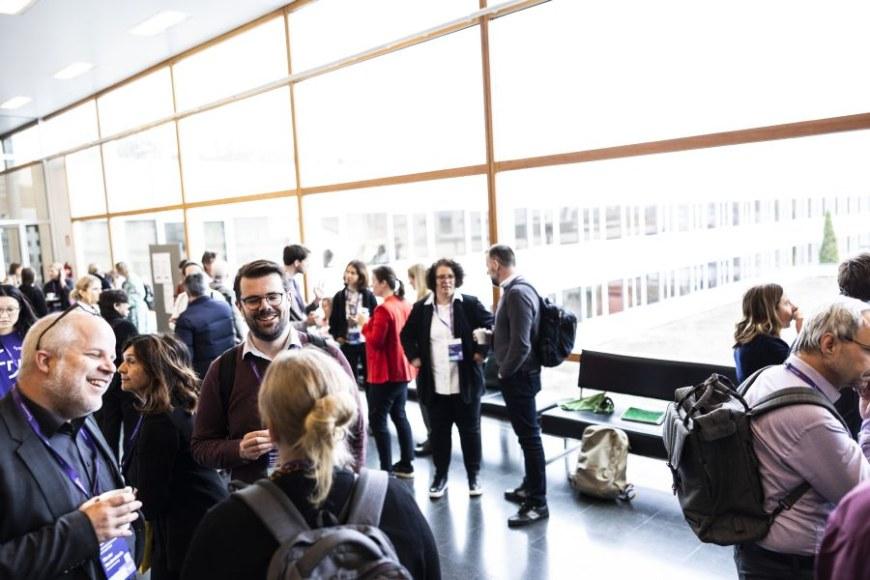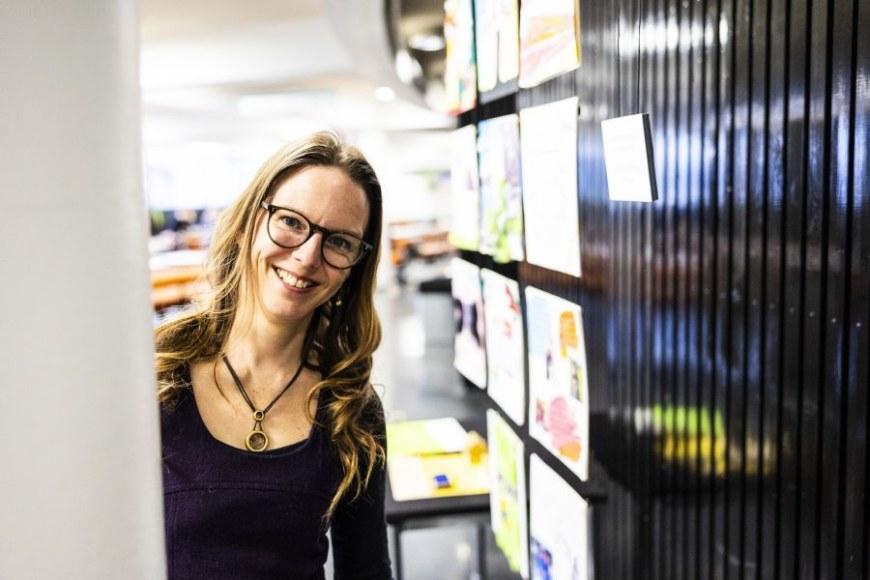Images tell about social change
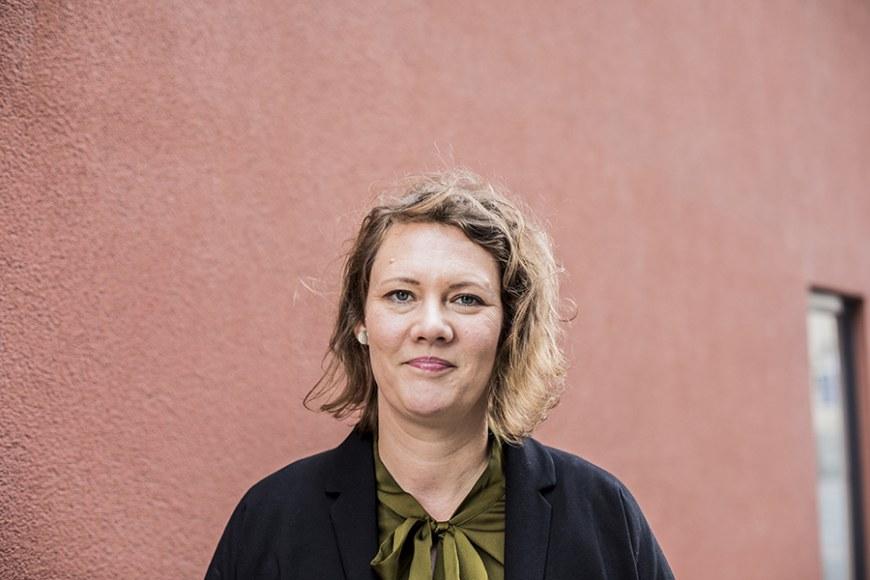
In the past few years, the European political climate has undergone profound change. At the same time, public debate is shifting to a more digital and image-driven direction. At Tampere University, Associate Professor Eeva Luhtakallio’s ImagiDem research project (Imagi(ni)ng Democracy: European youth becoming citizens by visual participation) is analysing the effects of these changes. Luhtakallio received the €1.5 million ERC Starting Grant for the study from the European Research Council for a period of five years.
“Political turbulence has accelerated in the past few decades and it has been very hard to predict the changes. Social scientists have repeatedly been taken by surprise by such world events as eg the Arab Spring, Brexit, the refugee crisis, and the rise of the extreme right,” Luhtakallio says.
Predicting these upheavals has turned out to be a challenge. Luhtakallio’s study aims to both understand such transformations and to create more reliable tools for analysing and foreseeing the changes.
Luhtakallio tells a personal story about how the election of President Donald Trump came as a total surprise to many social scientists.
“In the month after President Trump was elected, I visited New York University, one of the world’s leading higher education institutions in social sciences. The entire department seemed to be suffering from a post-traumatic stress reaction which lasted for weeks after the election,” Luhtakallio says.
Public debate is increasingly conducted with images
The study focuses on young people for whom using social and visual media is part of everyday life.
“The study looks at visual participation and focuses on what happens to the public debate when it is conducted through images,” Luhtakallio says.
Research on images has been a neglected topic in social sciences. However, sharing images and using them for online communication are part of a wider shift in social interaction. Today, the lives of most people are inextricably linked to the digital world.
“Perhaps the use of imagery is associated with some sort of a generational fallacy because young people’s means of communication are often perceived as superficial or absurd. However, the tools used by young people are the ones on which future societies will be based. That is why scholarship in this area must take them seriously,” Luhtakallio explains.
Artificial intelligence goes through a vast number of images
The study compares the visual public sphere in Finland, France, Germany and Portugal. Aided by artificial intelligence (AI), the contents on Instragram and Twitter are mined for images.
“These days, there is so much data that people could not possibly go through it so we use AI to trace thematic relationships between images. AI repeats the same operations at several intervals,” Luhtakallio says.
The study also includes an ethnographic part. Luhtakallio’s group is recruiting researchers in the studied countries who are able to bring their local expertise to data analysis.
People do not answer surveys truthfully
Why is social change so hard to predict? According to Luhtakallio, research methods are one reason.
“Surveys have two problems. The first is that people do not necessarily tell the truth when they answer the questions and the second is that there is a bias in who answer the surveys. We cannot reliably predict all changes because certain types of people answer surveys while others never do. There are also, for example, age- and glass-based biases especially as concerns understanding political culture,” Luhtakallio summarises.
Traditional research methods are not necessarily agile enough to detect the weak signals that predict social change.
“Weak signals may go undetected. For example, during the Finnish parliamentary elections of 2011, when the populist Finns Party took a landslide victory, people were unable to read the weak signals even though they were probably quite obvious on certain online chat rooms,” Luhtakallio says.
Counterfeiting and manipulation of images is getting easier
Disinformation and propaganda have always existed, but nowadays the internet provides vastly improved methods for trolls. In addition to individual bullies, societal debate is also distorted and hampered at the state level.
The traditional perceptions of photography’s truth claims are challenged by the counterfeiting and distortion of images.
“Evolving technology makes counterfeiting images much easier. On the other hand, ordinary users are getting more skilful at detecting these manipulations,” says Luhtakallio.
Democracy will never be ready. As the world changes, democracy also constantly changes. Reliable scientific knowledge is necessary in order to understand this change and to support the development of democracy.
“Democracy is like a formula that produces infinite and various outcomes in the real world. A healthy democracy needs reliable reasearch-based knowledge on the direction it is taking,” Luhtakallio notes.
Text: Jaakko Kinnunen
Picture: Jonne Renvall
